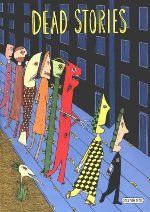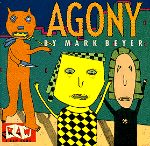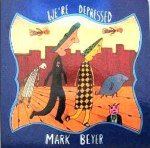Mark Beyer:
More Disturbing Evenings
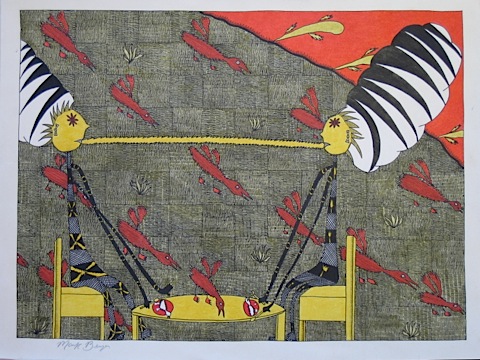
Having been deliciously disturbed by his comics initially in the pages of Raw, I first met Mark Beyer in 1982 when he was invited to London for the comic art exhibition Graphic Rap at the Institute of Contemporary Arts. Luckily, I had the opportunity to interview him for the second issue of Escape Magazine, one of the very few interviews he has ever granted. I closely followed Beyer’s work from his self-published titles to his Amy and Jordan strips and graphic novels and his forays into painting, but eventually I lost touch with him, apart from a 2003 exhibition at the Berlin Comics Festival.
So I was thrilled to discover at the ‘Off’ festival at this year’s Angoulême International Comics Festival in France that Beyer is making new silkscreen prints for insane Marseille publishers Le Dernier Cri. Head honcho Pakito Bolino kindly put me in contact and out of this reconnection have emerged a trove of unseen treasures such as these two pieces above (1976) and below (1978), a brand-new two-page comic for Art Review, and further answers and insights from Beyer about his unique expressions, akin to ‘Outsider’ Art, in the fields of comics and painting. Beyer is back.
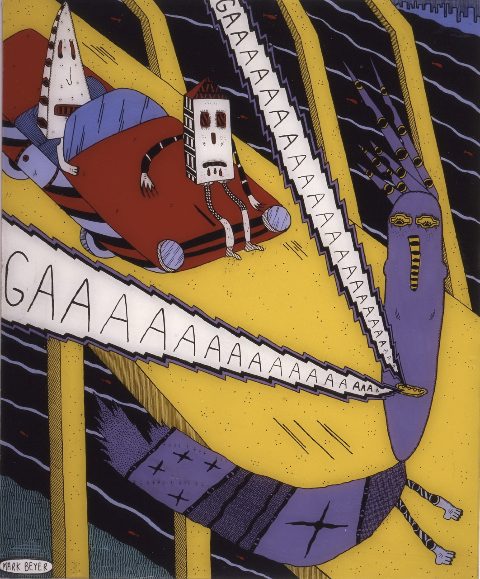
“For many reasons, the whole issue about whether to be a cartoonist or not has been a source of a lot of confusion for me.” As an only child, an average student bullied at school, and a disappointment to his father, Mark Beyer used drawing as a way to kill time, gradually evolving his distinct, intense, decorated style, avoiding any forethought, formal art education or guidance from ‘How To’ books. Far from being faux-naïf, his art is “...the only way I know how to draw. I couldn’t draw a realistic picture, or draw in any other style, if my life depended on it.”
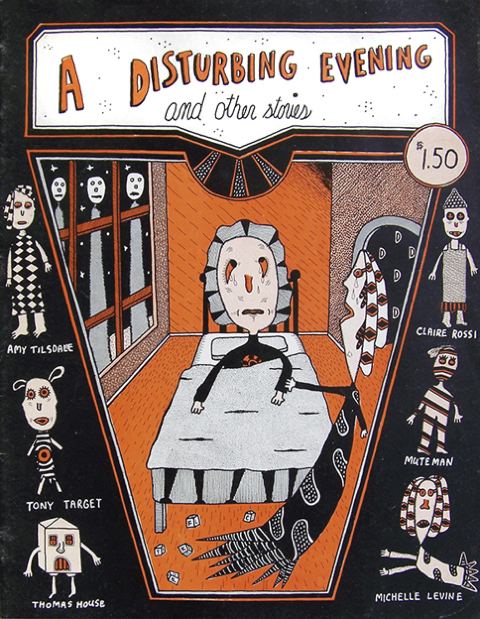
More interested in becoming a writer or film-maker, Beyer might never have pursued making comics, if not for the inspiration of America’s uncompromising underground comics and the early support of Art (Maus) Spiegelman and Bill (Zippy) Griffith, co-editors of the anthology Arcade, who chose Beyer’s second-ever comic for their sixth issue in 1976. Encouraged, Beyer found that his style lent itself to comics and self-published three mini-comics, followed by his comic books A Disturbing Evening (1978, above) and Dead Stories (1982), as well as being commissioned by Spiegelman and Françoise Mouly for Raw magazine and other prestige titles, such as the one-page autobiographical comic for the anthology Lemme Outa Here below.
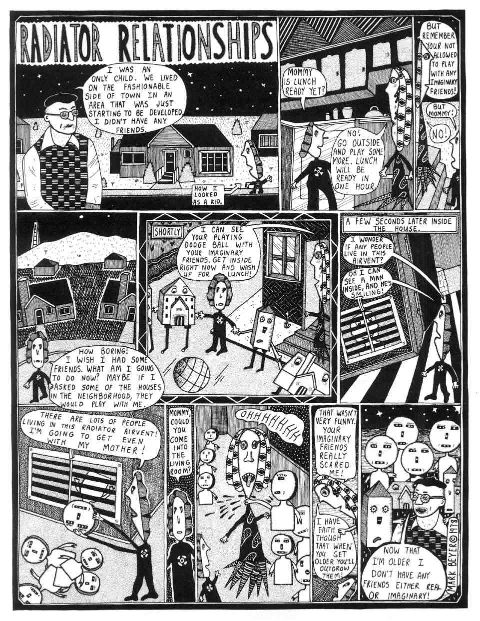
Beyer’s most recurring characters are Amy and Jordan, a pair of eternal victims, vulnerable, doll-like, one dressed in her diamond-patterned smock, the other all in black with a crosshair target on his chest. Seemingly imprisoned within the panels of their comics, they endure endless urban despair, made visible in the unsettling layouts and compositions and menacing forms lurking just outside the panels. Traumas are never far away in their besieged subsistence, recounted in the graphic novel Agony in 1987, the serial We’re Depressed (below), and weekly newspaper strips from 1988 to early 1996, which were compiled into a 2004 compendium by designer Chip Kidd. More growing cult than mass-market, Beyer’s work offers no comforting punchlines or reassurances, but conveys an uncanny nightmarish atmosphere and taps into an undercurrent of modern anomie.
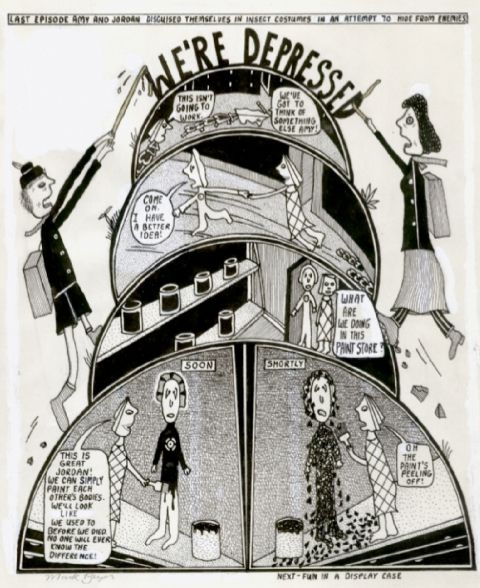
Uncertain of his artistic direction, Beyer abandoned comics around 1997 and resumed making large single images, which he had been exhibiting as early as 1977 at Moravian College in Bethlehem, Pennsylvania, near his hometown of Allentown. Not strictly paintings, these drawings in pen and ink were made on glass or plexiglass and coloured in acrylics applied onto a fine layer of fixative (an example from 1999 is shown below).

Beyer’s new Strip for Art Review (below) signals his surprise return to his signature avatars after sixteen years, although (spoiler alert!) this may be their swan song. “I wanted to kill off Amy and Jordan in the grand tradition of Fritz the Cat and other murdered cartoon characters.” In 1972, Crumb famously created a story in which his feline star was stabbed by an irate ex-girlfriend with an ice-pick in the back of his head, an act of vengeance for the distortion of his character in Ralph Bakshi’s animated movie.
It was only in autumn 2011 that Beyer started working again on a comic and feeling happy with the results. “The truth is I am completely burned out on Amy and Jordan, but I am not burned out on the idea of making comics.” As the borders separating comics and art dissolve still further, so too can Beyer’s singular, self-invented expression, as both cartoonist and artist.
American collector Tom Wagner mounted Mark Beyer: With/Without Text, the first ever one-man in-depth retrospective of more than seventy pieces of Beyer’s art and comics at the Ohio State University’s Urban Arts Space from January 8th to February 23rd 2013. In 2016, New York Review Comics issued a new edition of Agony with a new introduction by Colson Whitehead.
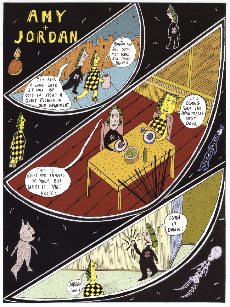
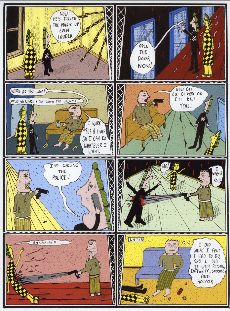
Amy & Jordan
Click images to enlarge.
This Article originally appeared in Art Review Magazine.













